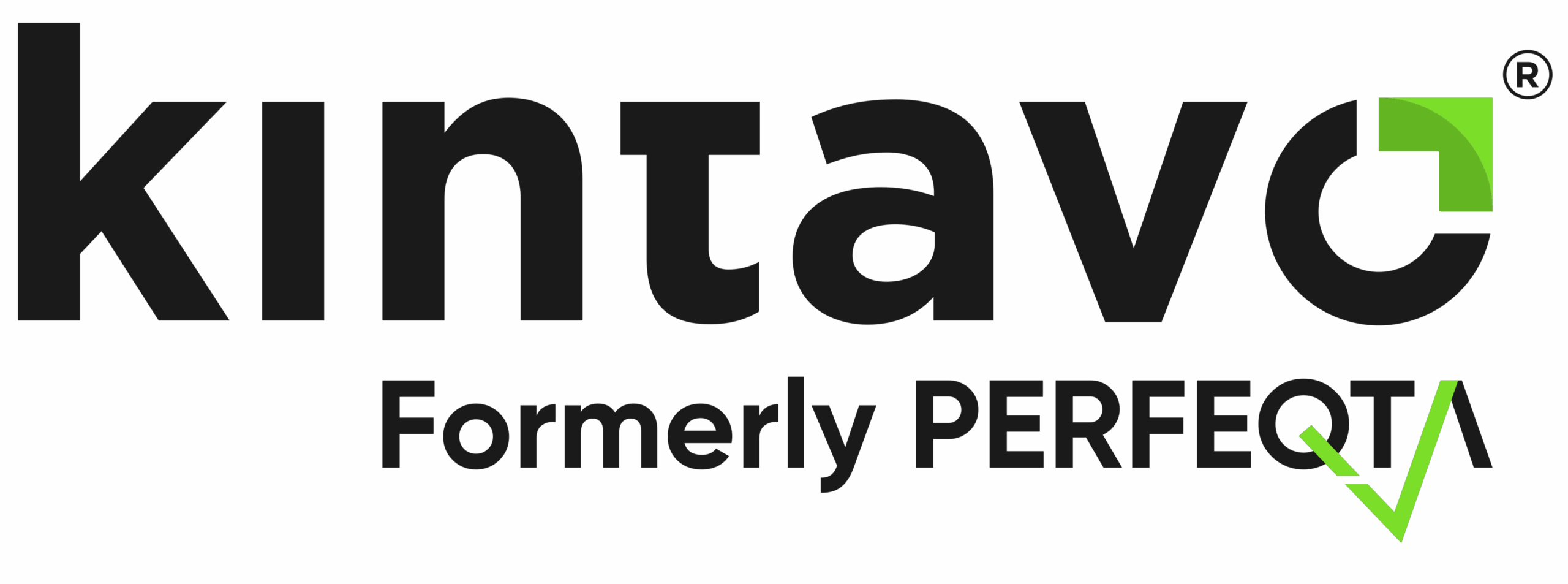The True Cost of Paper: Hidden Overhead in Document Management

While paper may seem simple and cheap, organizations are often unaware of the monumental hidden costs and inefficiencies of paper-based document management.
When evaluating paper processes, most businesses only look at the upfront cost of paper, printing, and filing supplies.
However, the overhead needed to store, manage, secure, find and route paper documents contributes significant ongoing waste and expense.
In this comprehensive guide, we uncover the extensive hidden costs that make up the true price tag of relying on paper for business-critical document management.
We break down key areas where paper processes lead to major bottlenecks, risks, and resource drain.
By exposing the full burden of manual paper workflows, we build the case for digital transformation through tools like document management systems.
The Rising Tide of Paper
As companies grow, paper documents proliferate at an alarming rate.
Interoffice memos, policies, client files, contracts, HR paperwork, invoices, marketing collateral, reports and more flood desks and file rooms.
Businesses spent over $31 billion just on photocopying in 2010, producing over 850 billion paper copies. Even in the digital age, enterprise paper consumption continues rising 1-3% yearly.
This explosion of paper creates management headache for organizations.
Employees waste countless hours searching through file cabinets and boxes for the right documents.
Critical records get misfiled, leading to compliance issues.
Confidential papers are left out exposing sensitive data.
Regulatory guidelines around properly storing and retrieving paper records present even more hurdles.
While relying on paper may seem simple on the surface, it creates monumental drag on productivity and heightens risks.
Unfortunately, many businesses fail to connect these expensive pain points back to paper itself.
But understanding the true cost of paper processes is the first step to unlocking the benefits of going paperless.
Tangible Costs – Storage, Supplies, Distribution
First, let’s examine the tangible upfront costs of handling paper, including:
- Document Storage – The physical space for boxes, filing cabinets, shelves for archived records. Offsite storage facilities for older documents. This occupies expensive real estate.
- Printing Supplies – Paper for documents and photocopies, toner, ink, printers, fax machines, scanners. These refresh costs recur over time.
- Mailing & Courier Costs – Postage, envelopes and paper for transmission of documents through mail or interoffice. Third-party couriers for urgent items.
- File Folders, Hanging Folders – Organizing documents and records requires purchasing folders, dividers, labeling tabs. An endless organizational expense.
- Shelving and Cabinet Costs – Purchasing cabinets, drawers, shelf units to store active or archived records. More fixed costs.
These tangible supplies and expenses may appear manageable as individual line items but add up significantly over time across an enterprise dealing with hundreds of thousands of documents. However, they pale in comparison to the next category…
Labor Costs – The Human Drag of Paper
A top research firm found that office workers spend over 4 hours every week just looking for paper documents. This enormous drain on human productivity is the real cost driver of paper-based processes. Just some manual tasks that drag down human productivity include:
- Filing and Retrieving Records – Workers traverse filing rooms and cabinets pulling customer files, contracts, archives, spending countless hours on top of the core task.
- Photocopying, Scanning – Document duplication remains heavily paper-based and manual despite digital options. Workers stand at the copier reprinting lost originals.
- Collating and Preparing Documents – Assembling paper documents, attachments, getting them ready for meetings. A manual chore before and after.
- Routing, Sending, Delivering – Interoffice mail circulation, desk drop-offs, faxing, shipping packages of documents to other sites or recipients.
- Reviewing and Approving – Coordinating in-person paper document reviews, signature approvals across multiple reviewers. A linear process.
- Managing Check-outs, Tracking – Ensuring only one person accesses originals, tracking who has paper documents checked out manually. Administrative toil.
- Reproducing Lost Originals – Losing critical paper documents leads to reprints, finding backups, pulling archives. Exponential waste.
Across thousands of employees in an enterprise, these small individual efforts snowball into a tremendous loss of productivity, momentum and output. While seemingly mundane on the surface, paper introduces friction across every process and bogs down an amazing amount of human bandwidth.
Compliance Pitfalls of Paper
In regulated industries like financial services, healthcare, and government, paper documents pose even bigger risks. Consider some of the compliance weak spots of paper:
- Misfiled Records – Improperly stored records or mislabeled folders can obstruct audits, fail compliance checks. Leads to major fines by regulators.
- Lost Originals – Permanently losing originals for legal contracts, agreements, invoices creates liability exposure.
- Unauthorized Access – Confidential papers can be accessed without audit trails. Paper has no visibility on who accessed documents makes security weak.
- Lack of Backup – Unlike digital records, paper originals can’t be backed up or restored. Fire, floods, or natural disaster can permanently destroy them.
- Difficulty Retrieving – When regulatory audits occur, finding and producing necessary paper documents in a short time becomes a mad scramble.
- Policy Non-compliance – Storing records like client files or medical records outside compliance guidelines poses legal risks.
- Document Tampering – Paper originals can be anonymously altered or sabotaged since no audit trail exists.
Fines for non-compliance based on improper management of physical documents can run into the millions. The compliance risks alone make the overhead of paper-based workflows prohibitive for regulated document-intensive industries.
Indirect Costs – The Ripple Effects of Paper
Beyond direct supplies, storage, distribution, and labor costs, paper also introduces indirect drag on enterprise productivity:
- Administrative Overhead – Dedicated staff hours for print/scan IT infrastructure, troubleshooting, maintaining document templates.
- Opportunity Cost – Employee time spent on paper document management that could be allocated to value-adding initiatives.
- Delayed Access to Information – Paperwork needs to pass through multiple hands sequentially before surfacing digitally. A siloed process.
- Lack of Visibility – No way to get a unified view of all business information locked in paper across the enterprise. Leads to blind spots.
- Limited Collaboration – Paper is inherently limited for real-time collaboration across multiple employees and teams. A siloed medium.
- Risk of Non-Standardization – Documents are inconsistent when managed independently across business units and functions.
- Cultural Resistance – Relying on old paper habits prevents organizational adoption of newer technologies.
These indirect costs manifest in reduced agility, lack of cross-functional transparency, and slower innovation for companies weighed down by paper documents. The ripple effects make it hard to optimize processes, uncover insights, and adopt digital capabilities.
Calculating the Per-Page Cost
Taken together, all these overhead costs make the true total cost of storing and managing a paper document upwards of $30 per document, with some analysts estimating as high as $120 per document over a 5-7 year lifecycle.
One way organizations can better grasp the inefficiency is by calculating a “cost per page” metric:
(Tangible costs + Labor costs + Compliance risks + Indirect costs)
—————————————————— = True per-page cost
Total number of paper pages used
(Tangible costs + Labor costs + Compliance risks + Indirect costs)
—————————————–= True per-page cost
Total number of paper pages used
This calculation captures all the ancillary costs that accumulate around every piece of paper over its lifespan in an organization. When this adds up to $20, $50 or $100 per page, it really puts the overhead of paper processes into perspective.
Unlocking the Digital Dividend
Transitioning document management from paper-based to digital unlocks massive efficiency gains across all fronts: from storage, compliance, distribution to productivity. Paperless offices remove the enormous hidden costs and drag that paper introduces into business processes.
While the upfront investment in document management systems, scanners, and change management is real, this pays off in:
- 90% reduction in storage needs – no more shelves, boxes, file rooms
- 80% decrease in labor costs – removing manual workflows
- 90% less time spent searching – instant search and retrieval
- 99% lower distribution costs – digital circulation vs couriers
- 100% backed up and restorable – no permanent loss of originals
- 100% version control – never lose a document again
- 100% auditable – see who accessed records for compliance
- 100% secure – permissions prevent unauthorized access
- 100% portable – access documents remotely on any device
- 100% routing – streamlined digital workflows and approvals
- 100% collaborative – real-time co-editing and feedback
And most importantly, paperless processes unlock exponential productivity gains across the enterprise, freeing up the workforce for innovation vs administrative tasks.
Unburdened by paper, organizations can accelerate digital transformation initiatives that were previously hampered.
The stark difference between paper and digital productivity is only fully visible when you account for the complete costs of manual paper management.
Armed with the full picture, leading enterprises are pursuing paperless futures – and gaining real competitive advantage.
The efficiencies unlocked by document management systems provide a compelling path for organizations to win the war on paper.
The PERFEQTA Solution
PERFEQTA offers an intelligent document management system (DMS) purpose-built to help modern enterprises go paperless and realize the digital dividend.
By digitizing, automating and optimizing document-driven business processes, PERFEQTA DMS delivers powerful productivity gains including:
- Centralized Document Repository – Store all documents, records, contracts in one searchable online system accessible anywhere. Removes the need for physical storage space.
- Document Digitization – Scan, import, and OCR paper documents to make them digital and searchable. Removes need to manage paper.
- Automated Workflow – Configure multi-step workflows to digitally route documents for review, approval, signing. Removes manual circulation.
- Instant Search – Find documents in seconds with metadata search, keywords, tags. No more pulling files from cabinets.
- Granular Permissions – Manage access strictly based on roles. Confidential documents stay secure.
- Complete Audit Trails – Document views, edits, downloads tracked to maintain compliance and transparency.
- Seamless Collaboration – Multiple authorized people can co-edit with full version controls and commenting.
- Anywhere Access – Modern interface and mobile apps keep documents accessible remotely on any device.
- Real-time Insights – Visual intelligence into document processes helps continuously optimize and transform.
With PERFEQTA DMS, enterprises can flip the ratio from 90% paper / 10% digital processes to the reverse – 10% paper / 90% digital for exponentially greater productivity, security and innovation velocity.
The platform pays for itself many times over by recapturing the enormous hidden costs of paper outlined earlier.
By transitioning from reactive paper-chasing to automated digital workflows, PERFEQTA customers gain competitive advantage and remove the document bottlenecks slowing their business.
The dream of the paperless office is now an actionable reality.

